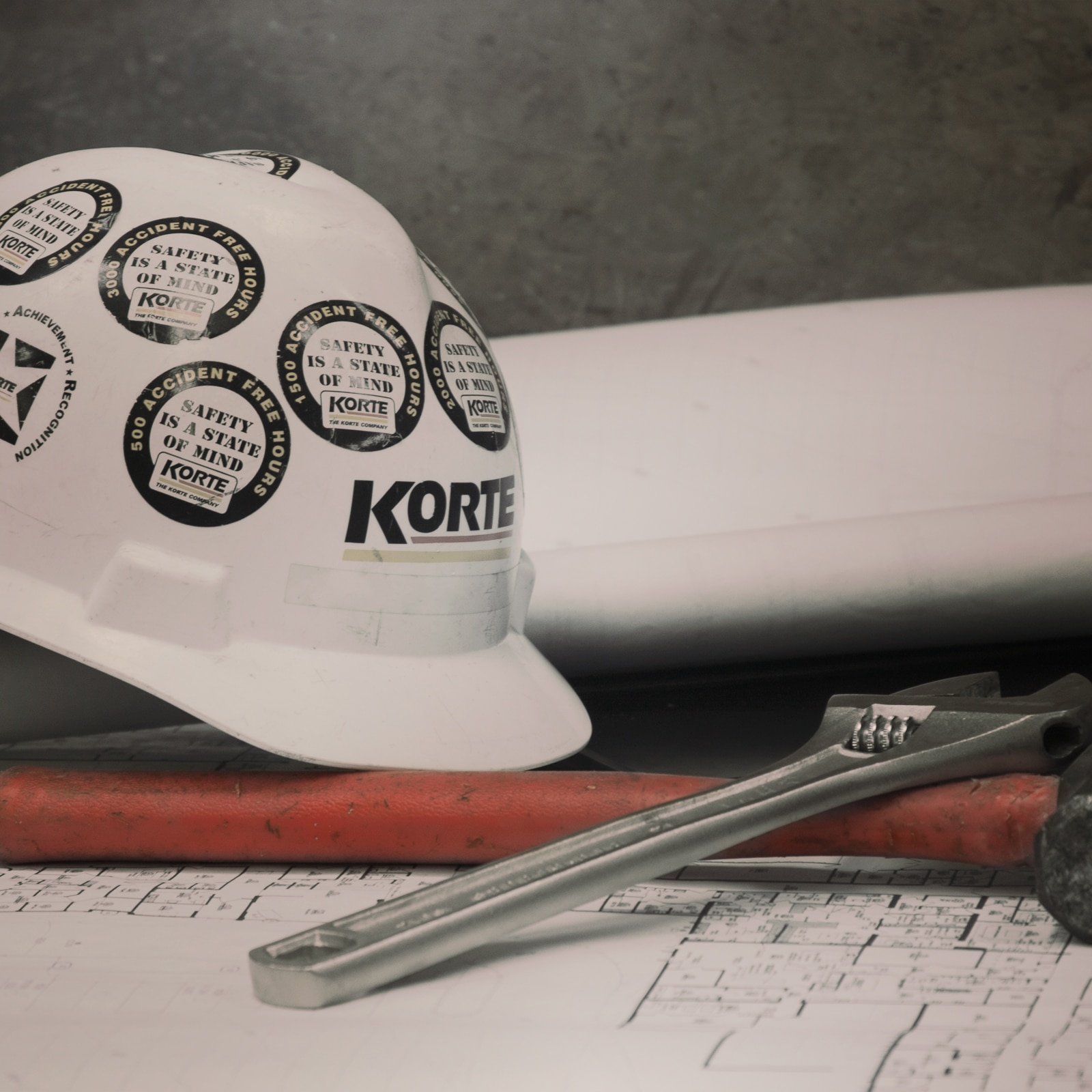The earthquake and tsunami disasters that have occurred in Pakistan, Australia, New Zealand and, more recently, in Japan, have raised the level of awareness about designing, building and maintaining more resilient and adaptable marinas. Governments around the world are aware of the climate change effects such as sea-level rise and intensified storms. These 2 factors combined with rapid urban growth concentrated along coastlines have left several coastal cities around the world increasingly vulnerable. While there are many necessary changes in urban governance and strategic planning processes, there is an important, and more immediate, need for proper planning of rebuilding efforts in affected areas and for proper refurbishing of existing facilities.
Use of More Flexible Materials in Marina Construction
Governments around the world, from Canada to Singapore, are analyzing the use of adaptable floating marina structures. There is a strong consensus from coastal engineers that flexible materials, like aluminum, need to replace current use of concrete. Floating pontoons made from aluminum are far more resistant than those made from concrete. The use of aluminum delivers greater strength than concrete, and it also provides a greater lifespan to marine structures due to the first material’s greater resistance to salt, rusting process, and coastal weather.
Another reason for the use of flexible materials can be found in the recurring damage to boats and facilities on two ports located in California: Crescent City Harbor and Santa Cruz Harbor. Both harbors have invested little in restructuring their facilities and have failed to adapt to the changing climate conditions. The once-reliable concrete dock system is no longer appropriate for the current environment. It would be a good idea for these two harbors to use an entire dock system that uses shock-absorbing materials and strong connections to transfer added load pressures. Additionally, an entire system that makes savvy use of aluminum provides the added benefit of being adaptable. Finger docks and anchorage slides can be connected and disconnected, and entire sections are interchangeable.
Conclusion
Although concrete marine structures served their purpose in the past, governments need to consider utilizing more flexible and resistant materials to create dock systems that better meet the added stress from drastic climate change effects. It is imperative that rebuilding efforts in affected areas do not repeat design mistakes from the past.
